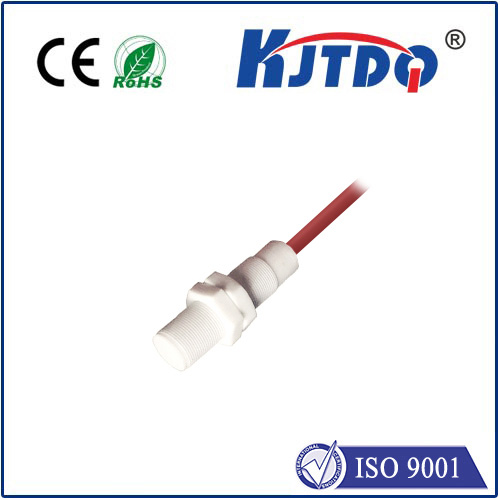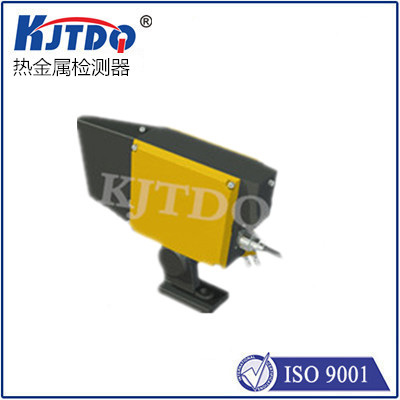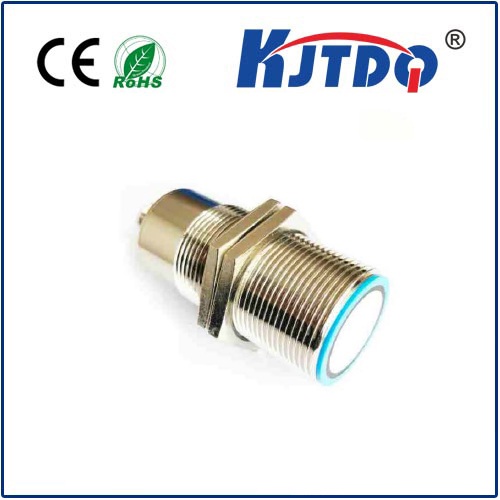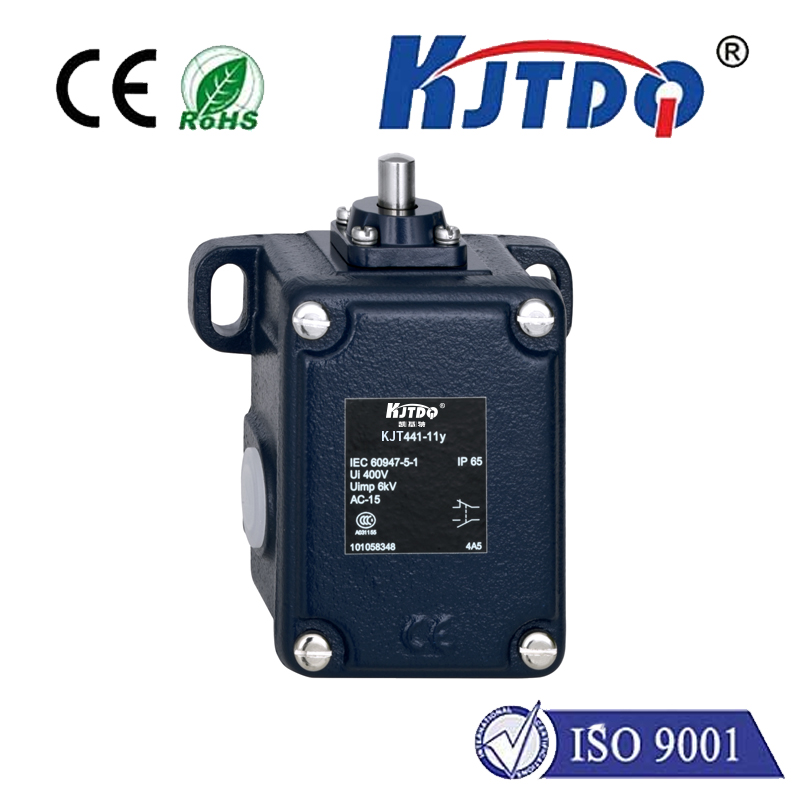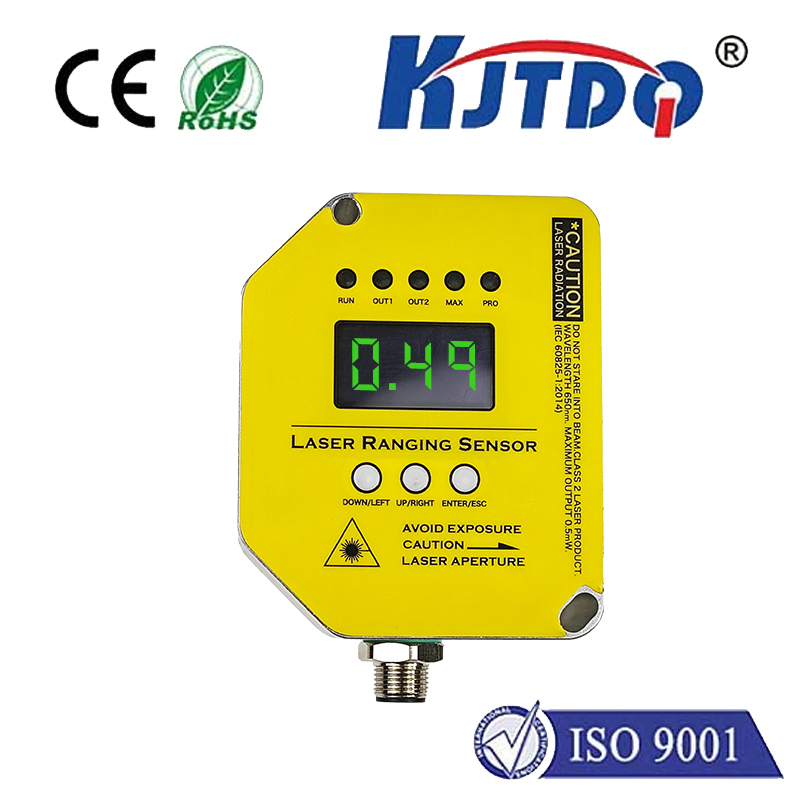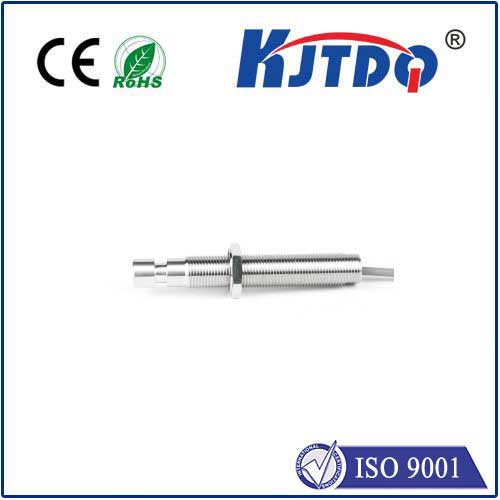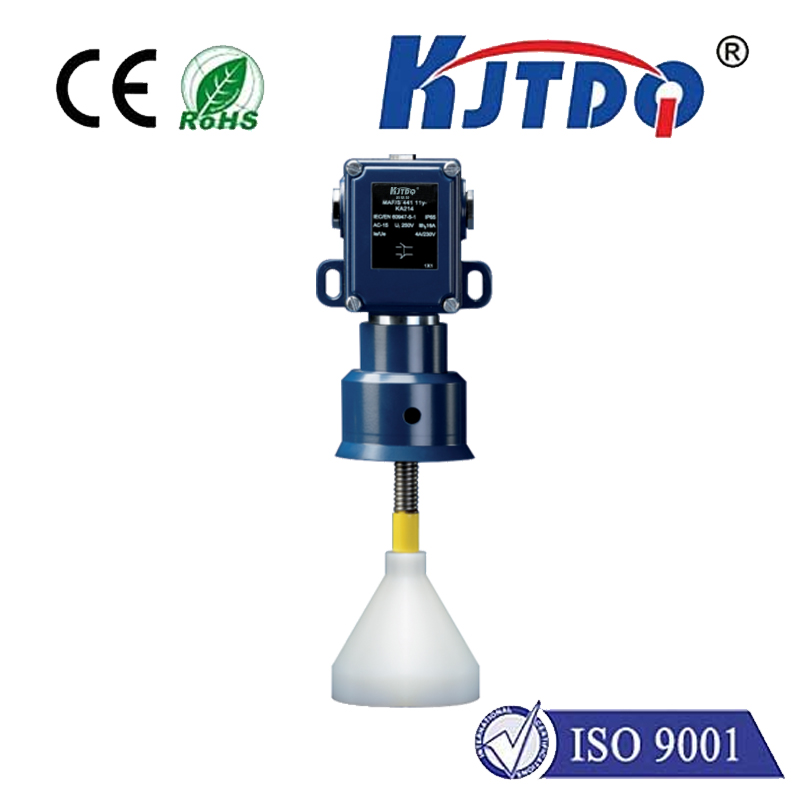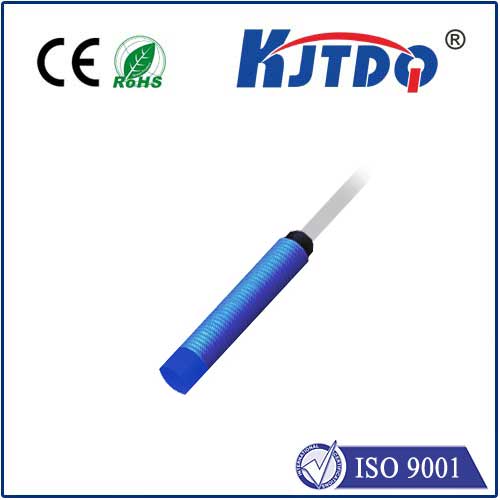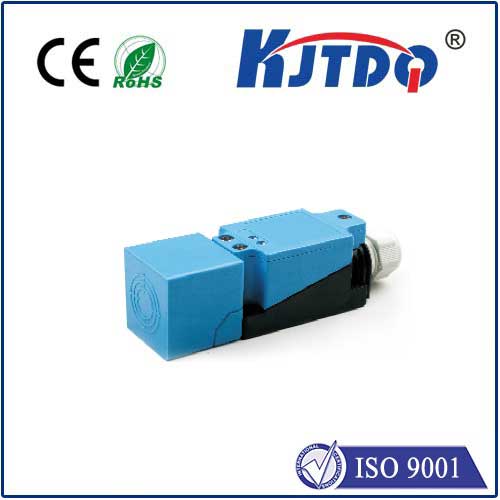
check

check

check

check
Title: Understanding the Function and Importance of Limit Switch Pin Type
In the world of industrial automation and machinery, limit switches play a crucial role in ensuring precise control over mechanical movements. Among the various types of limit switches available, the pin type limit switch stands out due to its unique design and functionality. In this article, we will delve deeper into the limit switch pin type, exploring its features, working principles, and applications.
The pin type limit switch, as the name suggests, is characterized by a protruding pin that activates the switch mechanism. This pin is usually made of robust materials such as stainless steel or brass to withstand harsh environments and frequent operations. The actuator lever on the switch is designed to be struck by this pin, which triggers the electrical contact inside the switch, thereby signaling the machinery's control system about the reached limit position.
One of the primary advantages of the pin type limit switch is its compact size. The small profile of the pin makes it ideal for installations where space is limited. Additionally, the pin's rigidity ensures accurate and repeatable performance, reducing the chance of false signals or switch failures.
The operational principle behind the pin type limit switch involves physical contact. When an object reaches a predefined position, it contacts the pin, which in turn presses against the actuator lever. This action completes an electrical circuit, sending a signal to stop or reverse the machine direction, thus preventing any potential damage or misalignment.
Applications for pin type limit switches are vast and varied. They are commonly found in conveyor systems, packaging machinery, automated assembly lines, and material handling equipment. Their reliability and precision make them suitable for high-speed operations where exact positioning is critical.
In terms of selection criteria, users must consider factors such as operating environment, voltage requirements, and mechanical impact resistance when choosing a pin type limit switch. Proper maintenance, including regular cleaning and inspection for wear or damage, also extends the lifespan of these devices.
In conclusion, the limit switch pin type is an essential component in modern industrial automation due to its compact size, accuracy, and durability. By understanding its function and proper application, engineers can design more efficient and reliable systems that optimize productivity and minimize downtime. The pin type limit switch continues to be an indispensable part of industrial control systems, ensuring smooth operations and safeguarding against mechanical errors.
